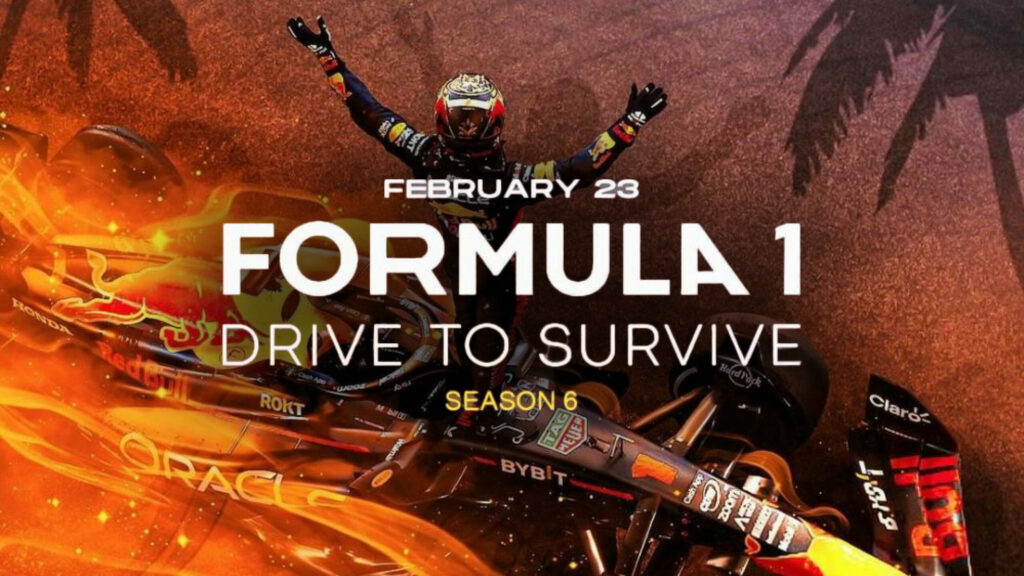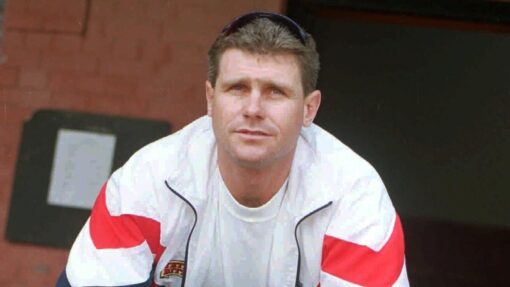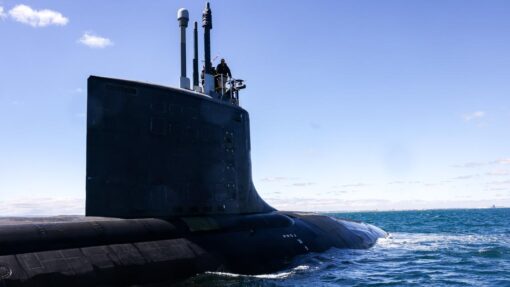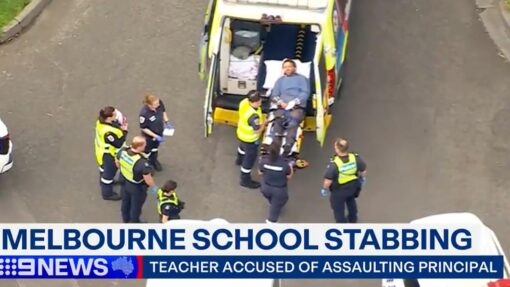Review: Formula 1: Drive to Survive Season 6

Screen reviews by Christopher Gist
I was wrong. I thought most people had heard of Formula 1 but, when we said to my brother-in-law we were making ourselves comfortable on the couch with it for the night, he asked why we were having baby formula for dinner. So I checked Netflix’s viewing figures for Formula 1: Drive to Survive Season 5 and it didn’t quite crack the top 100 on its release. Clearly, the series is not yet in the popular culture as much as I had imagined.
However, in our house, watching Formula 1: Drive to Survive is like managing the big bag of Aldi chips: we force ourselves to dole it out over several days. This sixth season of the reality series that’s helped celebrate Formula 1 drivers and team leaders beyond the paddock – brother-in-laws aside – includes the tour’s first Las Vegas race, so notable in the media that coverage continues on a reported $2,000,000 claim by Ferrari against the Vegas organisers.
What makes us binge it? Well, for Australians, a welcoming entry point is the ever-smiling Aussie, Daniel Ricciardo (he says Riccardo). Ricciardo is a great “audience character”, walking us around the James Bond levels of wealth attached to the F1 circus: the mega-yachts, the $500,000 wrist watches, the private planes, the billionaires at the breakfast bar poring over the best of the croissants in the morning and the best of the champagnes at night. He stands out for his personability to such an extent that, when other drivers are asked about Ricciardo’s return to actual racing after being sidelined, they joke that the series producers had to “change their pants three times” over their excitement.
But like any good “reality” show that tantalises its audience with the toys of the high-rollers, the series is really about the relationships between the people inhabiting the world of wealth. With only 20 race-seats on offer, and salaries in the many tens of millions (race-leader Max Verstappen is on a reported $55 million), competition is blistering. Physical danger is ever-present, and approaching turns at 200 mph wheel-to-wheel with your rival to see what good or bad luck lies around the corner can be the kind of gripping experience that makes the viewer say things out-loud to the television. After watching all six seasons, the rivalries, the hurts, the loves, the jubilations, and the senses of betrayal have become increasingly engaging for us as we try to decipher what’s really going on behind the conversations and encounters we are shown.
Because, like any longer-running series of this sort, the participants get very savvy very quickly about how footage of them may be used. In an earlier series, Ricciardo tests the limits by dropping the C-bomb, quickly grinning that the producers won’t use that slice of audio. And, while the producers do, this apparent transparency is belied by what I read as much more guarded microphone-aware conversations in many quarters. In fact Verstappen, after seeing how he was presented the first time around, bowed out of further interviews, telling The Associated Press “They faked a few rivalries which they don’t really exist. So I decided to not be a part of it and did not give any more interviews after that because then there is nothing you can show”.
Many of the team principals (TPs) have also become increasingly politic about what they’re saying. The colourful TP Guenther Steiner of Haas F1 Team is something of an exception, particularly in this latest series where his swearing and emotionality reflect his increasing frustration at getting one of the lowest financially valued teams up the rankings. And new Ferrari TP Frédéric Vasseur is enjoyably plain-speaking after Las Vegas, clearly unhappy about the drain-cover on the track that damaged one of his cars in a spectacular explosion of metallic sparks and which somehow left Ferrari with a grid penalty. It is these moments, along with the high-speed excitement and the way the series works to manipulate the audience’s loyalties, that keep us coming back and that make us look forward to Season 7.
Formula 1: Drive to Survive Season 6 is now available on Netflix Australia, and is executive-produced by James Gay-Rees (Amy, Senna) and Paul Martin (Diego Maradona).



